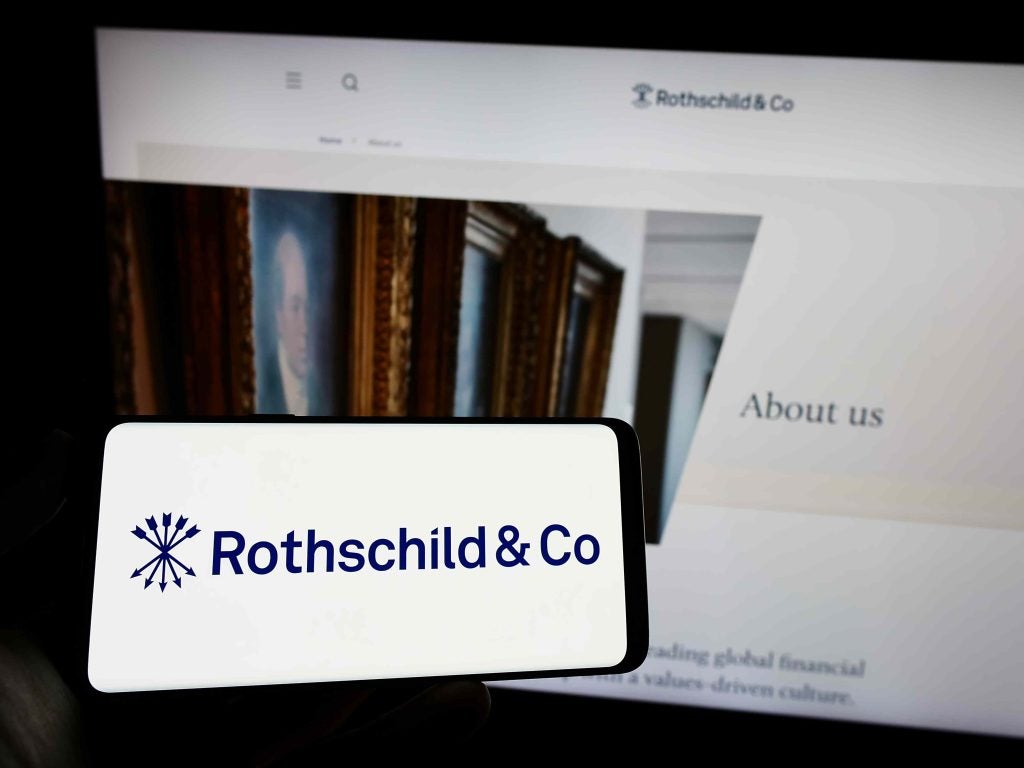According to a BMO survey of Canadian businesses, the majority of Canadian businesses have no emergency or business continuity plans in place. The survey found that 57 per cent of business owners had no plan in place if something were to happen to them and 73 per cent had no plan if key senior managers were lost. In case of an environmental emergency, 85 per cent of businesses do not have a plan in place.
"Companies of all sizes are susceptible to having their operations affected because of severe weather, power outages, pandemics or other emergencies. It’s important for all businesses to have contingency plans in place in order to cope with these kinds of eventualities," said Steve Murphy, Senior Vice President, Commercial Banking, BMO Bank of Montreal.
BMO Bank of Montreal offers steps to develop an effective business contingency plan.
1) Complete A Business Impact Analysis
Developing a contingency plan for your business starts with a complete understanding of the most critical functions of your company – those activities without which it ceases to operate. Examples could include: payroll, call centre, sales, IT, communications, distribution, shipping & receiving.
How well do you really know your competitors?
Access the most comprehensive Company Profiles on the market, powered by GlobalData. Save hours of research. Gain competitive edge.

Thank you!
Your download email will arrive shortly
Not ready to buy yet? Download a free sample
We are confident about the unique quality of our Company Profiles. However, we want you to make the most beneficial decision for your business, so we offer a free sample that you can download by submitting the below form
By GlobalDataFor each business activity, consider the importance of the work being done on the overall survival of the business, its impact on other activities and how quickly you would need its operation to be re-established. Identify the impacts of that function being disrupted over a series of time intervals – 24 hours, two days, a week, two weeks, etc.
The resources needed to restore operations represent the next essential component. What will you need and when? Consider the number of staff required – it is unlikely all staff will be needed immediately after an emergency. Questions to consider:
Could this business activity be completed by employees in a different location?
Do you have the computers, telecommunications, machinery/tools to allow them to work off-site?
Do you have the customer and supplier contact information, along with files for work in progress, accessible in case of an emergency?
Do you have the ability to contact all employees affected and keep them up to date on the status of operations?
2) Assess Risks to Your Business
The likelihood your business will be affected by an unplanned event can vary, as can the impact on your business. Prioritizing the potential risks (fire, severe storm or flooding, power outage, pandemic etc.) on the business as a whole, and on each of the critical functions, will allow you to develop plans to mitigate or minimize the impact on your business. For each potential risk, consider:
- Any physical damage and disruption it may cause
- Financial costs of the disruption
- The employees affected by the event
- The impact on customers
- With a thorough assessment of potential risks, you can decide whether you need to accept the risk, or develop contingency plans in order to manage the potential disruption to your business operations.
3) Develop Your Emergency Plan
Your customized business contingency plan or continuity plan is a prioritized list of actions to take in the event of an event that you have planned for. It will include the assigning of key accountabilities to members of your business team. Examples of actions or responsibilities could include:
- Launching emergency plan – gathering essential team members
- Liaising with emergency services
- Identifying business activities that have been disrupted
- Assessing damage/contact with insurance
- Providing information to staff
- Communications to customers
4) Test Your Plan
Once you have completed a business contingency plan, it is important to ensure all employees understand how the plan will be used, how they will be impacted and how they will be kept informed in the event of an emergency. When you are comfortable that all employees and managers understand the plan, test it by acting out a scenario.
5) Keep Your Plan Up-to-Date
The best business contingency or continuity plans are those that are regularly reviewed and updated. On an annual basis, review the plan and conduct a test to ensure it continues to be relevant, up to date, and effective.







